Israeli Emergency Bandage, Green, 4 inch, w/Pressure Bar
C $15.95
Military Israeli Emergency Bandages with Pressure Bar are the best bandages in the world, developed in Israel and produced for Military, NATO, EMS, and law enforcement agencies
In stock
Israeli Emergency Bandage with Pressure Bar, 4 inch, Green (Military Version)
The Israeli Emergency Bandage 4 has been at the forefront of U.S. military combat medicine since the early days of operations in Iraq and Afghanistan and has since grown to become a worldwide hemorrhage control solution for an increasing number of elite militaries. Evidently, as the global war on terror and response to natural disasters increases, the Emergency Bandage® will continue to be a cornerstone of effective and versatile hemorrhage control.
Since its adoption by the United States Army Rangers in 2001, the Emergency Bandage®, also known as The Israeli Bandage®, has been the standard of care for hemorrhage control.
Israeli Emergency Bandage 4 Inch with Pressure Bar known to be the best in-field bandage in the world, developed in Israel and produced for the military, NATO, EMS, and law enforcement agencies.
Features
Only trauma bandage FDA approved as a non-pneumatic tourniquethttps://www.firstaidmarket.ca/wp-admin/post.php?action=edit&post=35296#pwb-brand-add
Can apply 30-40+ lbs of force on a wound
Multi-functional bandage for various wounds
Compact, lightweight, waterproof, vacuum sealed packaging
Sterile, best-in-class 8 year shelf life
Integrated pressure bar exerts immediate & direct pressure on wound
Built-in closure bar: no pins, no clips, no tape, no hook-and-loop, no knots
Non-adherent 4″ pad eliminates removal pain and wound re-opening
Cost Effective
Specifications
Israeli battle dressing (IBD) – size 4 inch wide
Current US Military Issue, NSN: 6510-01-460-0849.
NATO Reference Number: 651031162452
Weight: 65 g
Package Size: 13 x 9 x 3 cm
Expiry: 09-2031
The Israeli Emergency Bandage 4 inch consolidates numerous treatment equipment into a single unit and provide in one device:
Non-adherent pad. Eliminating the risk of causing pain and having the wound re-opened upon removal of the bandage.
Pressure Applicator. Creating the immediate direct pressure to the wound site.
Secondary Sterile Dressing. Keeping the wound area clean and maintaining the pad and pressure on the wound firmly in place, including immobilization of the injured limb or body part
Closure Bar. Enabling closure and fixation of the Emergency Bandage at any point, on all parts of the body: no pins and clips, no tape, no velcro, no knots.
Quick and easy application and Self-application. Designed with the end-user in mind; for the first-aid trained and the lay care-giver.
Significant per treatment time and cost savings.
EASE OF OPERATION
1. The Israeli Emergency Bandage 4 inch has efficient blood staunching capability and offers ease of operation:The sterile, non-adherent pad is placed on the wound.
2. The application of immediate direct pressure to the wound site is achieved by wrapping the elasticized woven leader over the topside of the bandage pad where the specially designed pressure bar is situated. The pressure bar is designed to readily accept and hold the wrapping leader.
3. After engagement of the pressure bar, wrapping the leader in any direction around the limb or body part and onto the pressure bar forces the pressure bar down onto the pad creating the direct pressure needed to bring about homeostasis.
4. In addition to its primary function, the pressure bar also facilitates bandaging. The elastic bandage uses the rigid shape of the pressure bar to change direction while bandaging, thus affording the caregiver more options for effective dressing of the wound.
5. Subsequent wrappings of the leader secures and maintains the pad in place over the wound, and by covering all the edges of the pad acts as a sterile secondary dressing. The bandage leader is woven to remain at its full width and will not bunch up or twist itself into a rope.
6. The closure system of the bandage is multi-functional yet simple, quick, and familiar. Situated at the end of the leader is a closure bar (dowel with hooking clips) at each end to secure the wrapping leader the same way that a pen is secured in a shirt pocket. The closure bar holds the bandage securely in place over the wound site.
7. If additional pressure is required the closure bar is easily removed from its first closure position and inserted between previous layers of the leader directly above the protruding pressure bar and rotated. This rotation of the closure bar acts to further press down the pressure bar onto the wound to exert blood-staunching pressure. The closure bar is used as before to secure the dressing.
COMPETITIVE ADVANTAGES
The Israeli Emergency Bandage 4 inch is for the untrained lay person as well as the paramedical professional. The bandage features ergonomic designs for quick and easy application to free the caregiver from searching for additional equipment. Focus and control in treatment are enhanced.
The sooner the treatment begins the better the victim’s chances of survival, particularly in cases of hemorrhaging.
The Emergency Bandage saves time in an emergency situation where every second is crucial. The Emergency Bandage consolidates the functions of numerous separate pieces of equipment into a single easy-to-use unit. Application is simple and quick. As one unit the bandage performs multiple functions, and therefore enhances the treatment provided.
The Emergency Bandage provides injury victims acting alone the ability to accomplish the entire bandaging operation independently, including, in certain cases, tourniquet application, even if using only one hand.
Consolidation of functions makes treatment more efficient, both medically and economically. Compared to current treatments the Emergency Bandage proves to be an improved life-sustaining device at a competitive price.
Immediate and effective direct pressure to the wound may reduce the need for a tourniquet application. This is an important benefit as tourniquet applications are to be avoided and used only as a last resort. In certain cases, if a tourniquet is required the closure bar is removed from above the pressure bar and inserted between previous revolutions of the wrapping leader 5cm above the wound, over the blood vessel, and rotated. This rotation twists the wrapping leader until the blood flow to the wound site is constricted. After a tourniquet has been achieved, the closure bar is used as before to secure and maintain the tourniquet as well as the secondary sterile wound covering which is still in place.
| Weight | 0.065 kg |
|---|---|
| Dimensions | 15 × 10 × 3 cm |
Brand
Safeguard Medical
Only logged in customers who have purchased this product may leave a review.

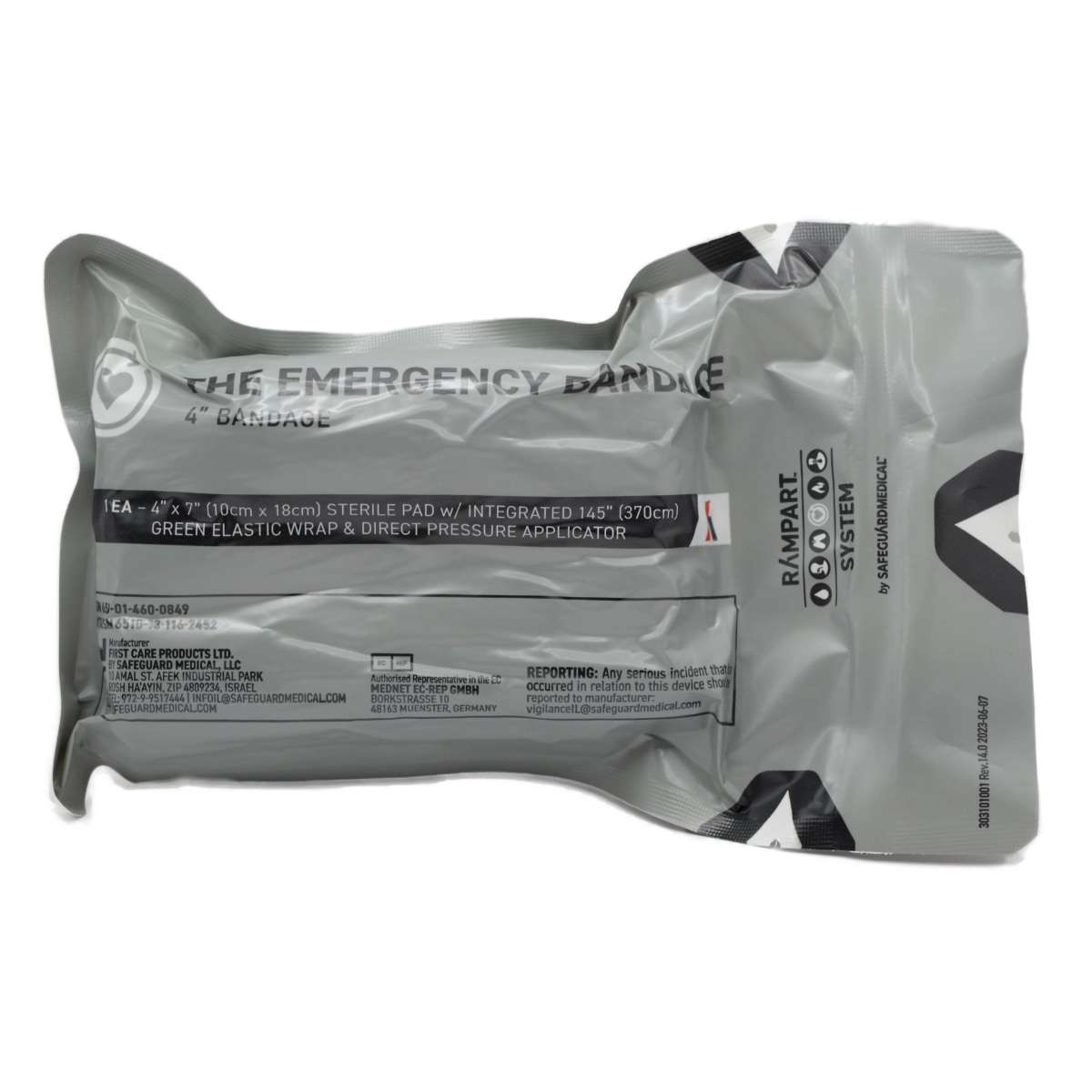
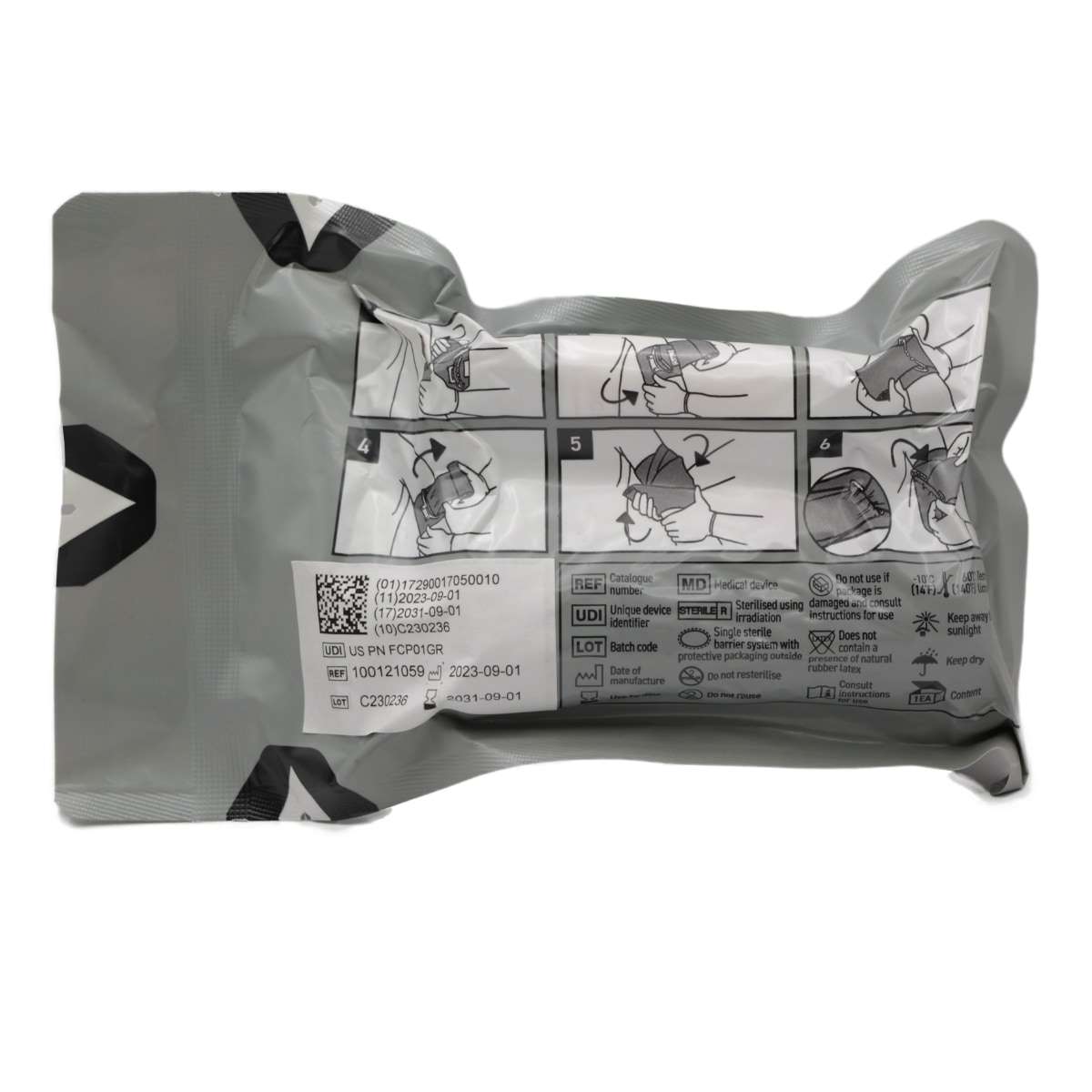
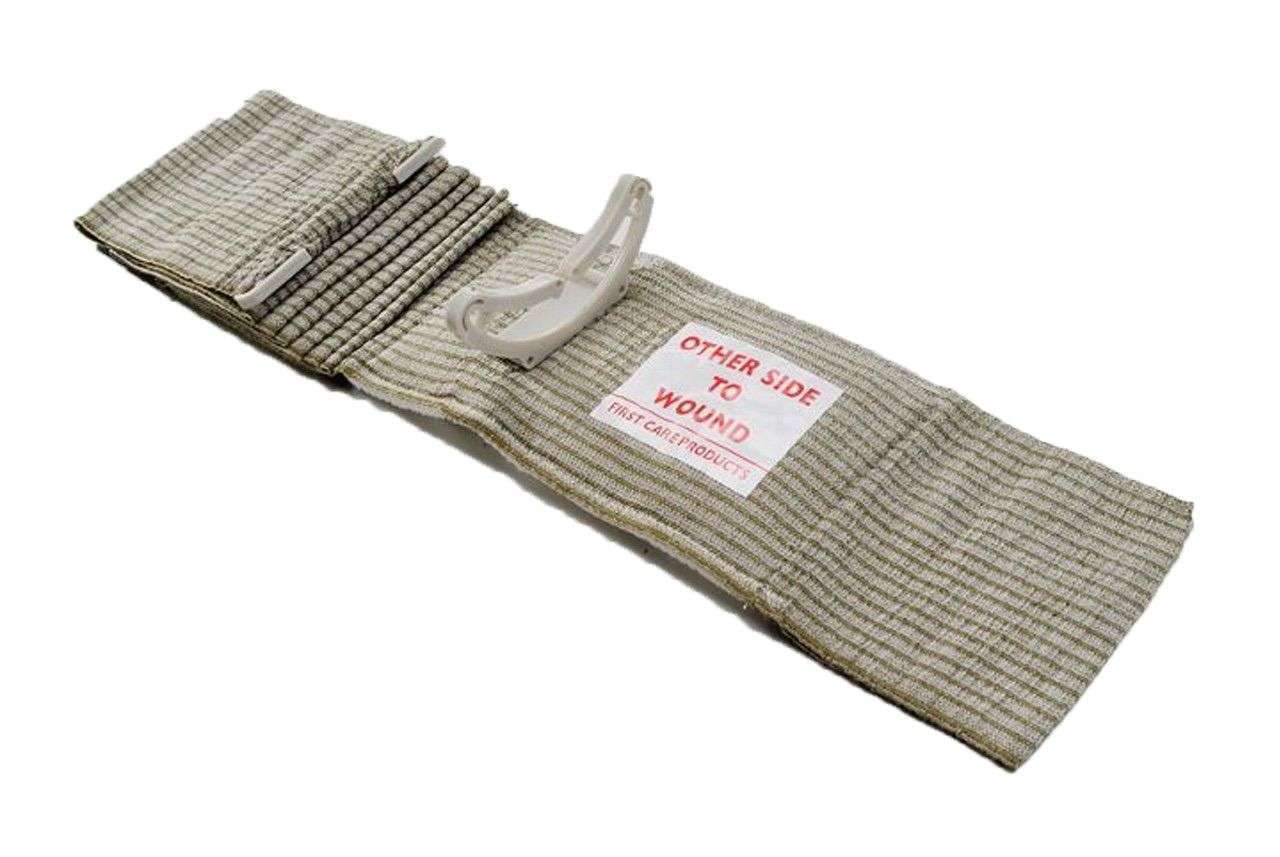
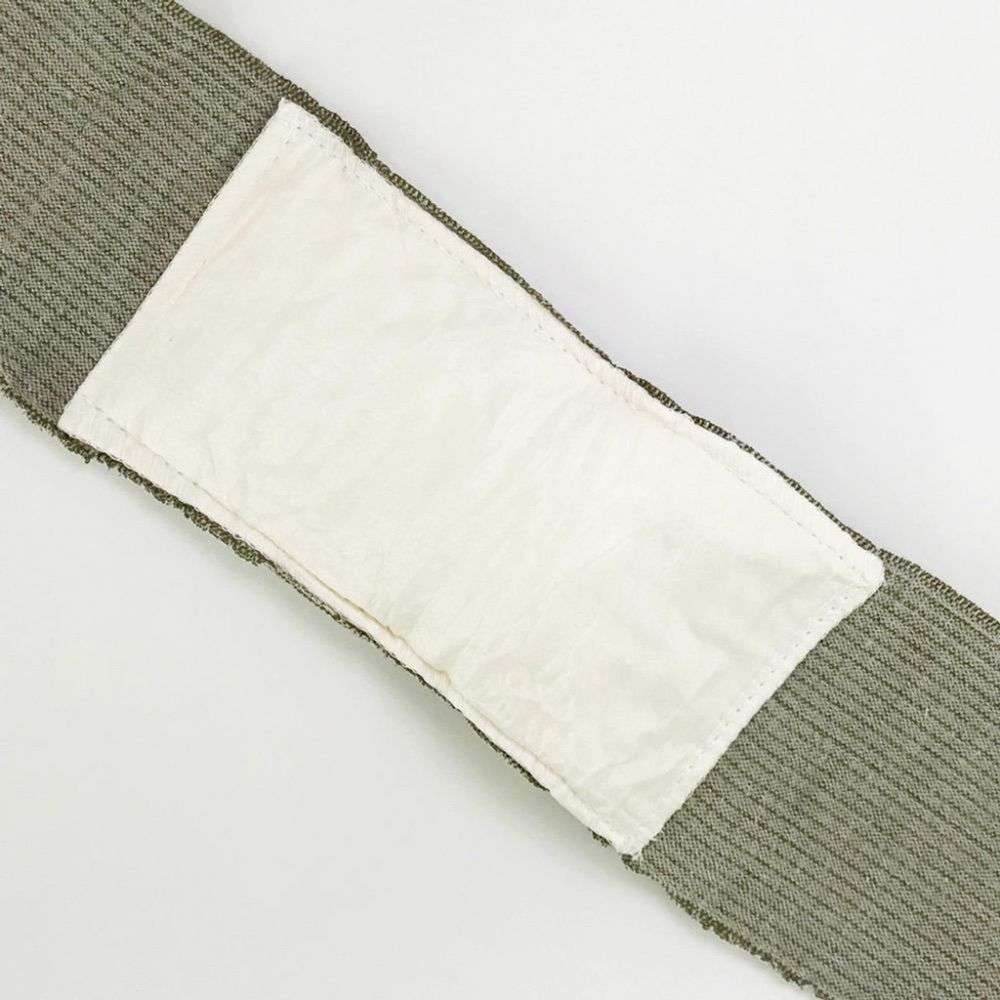
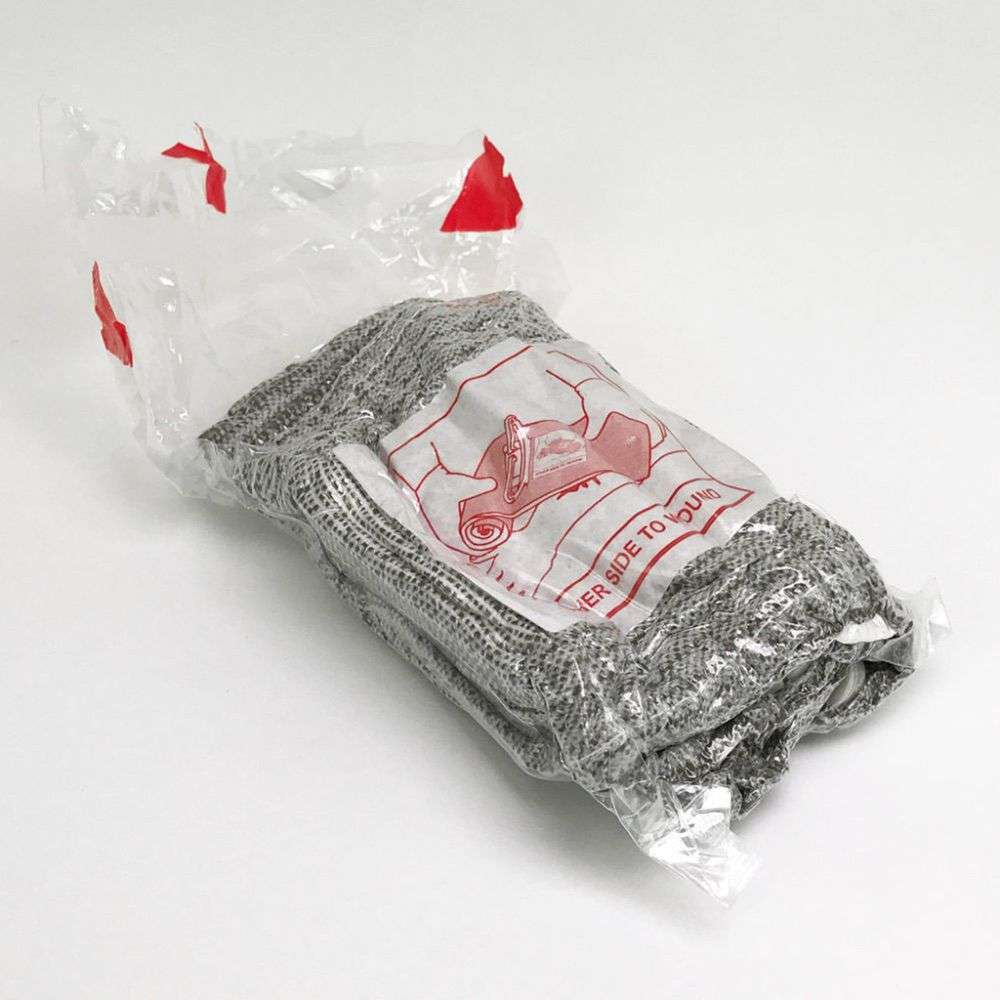
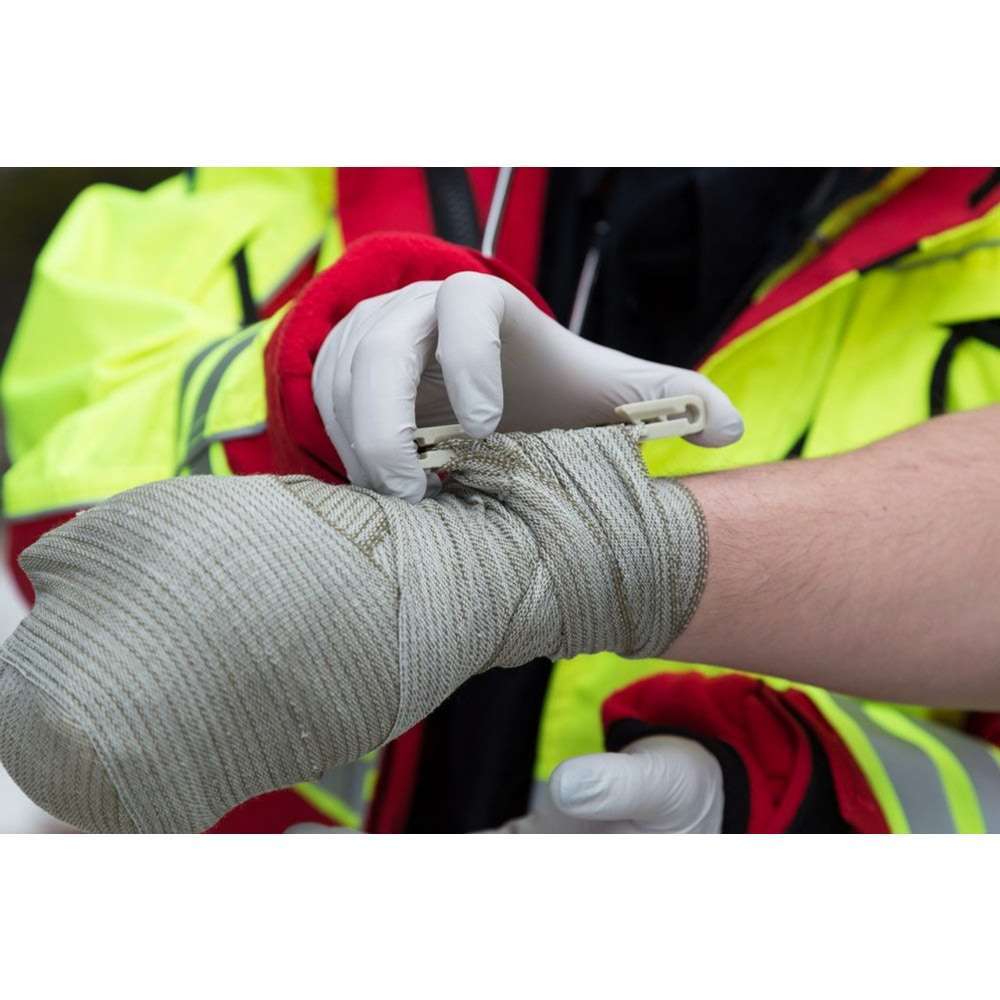
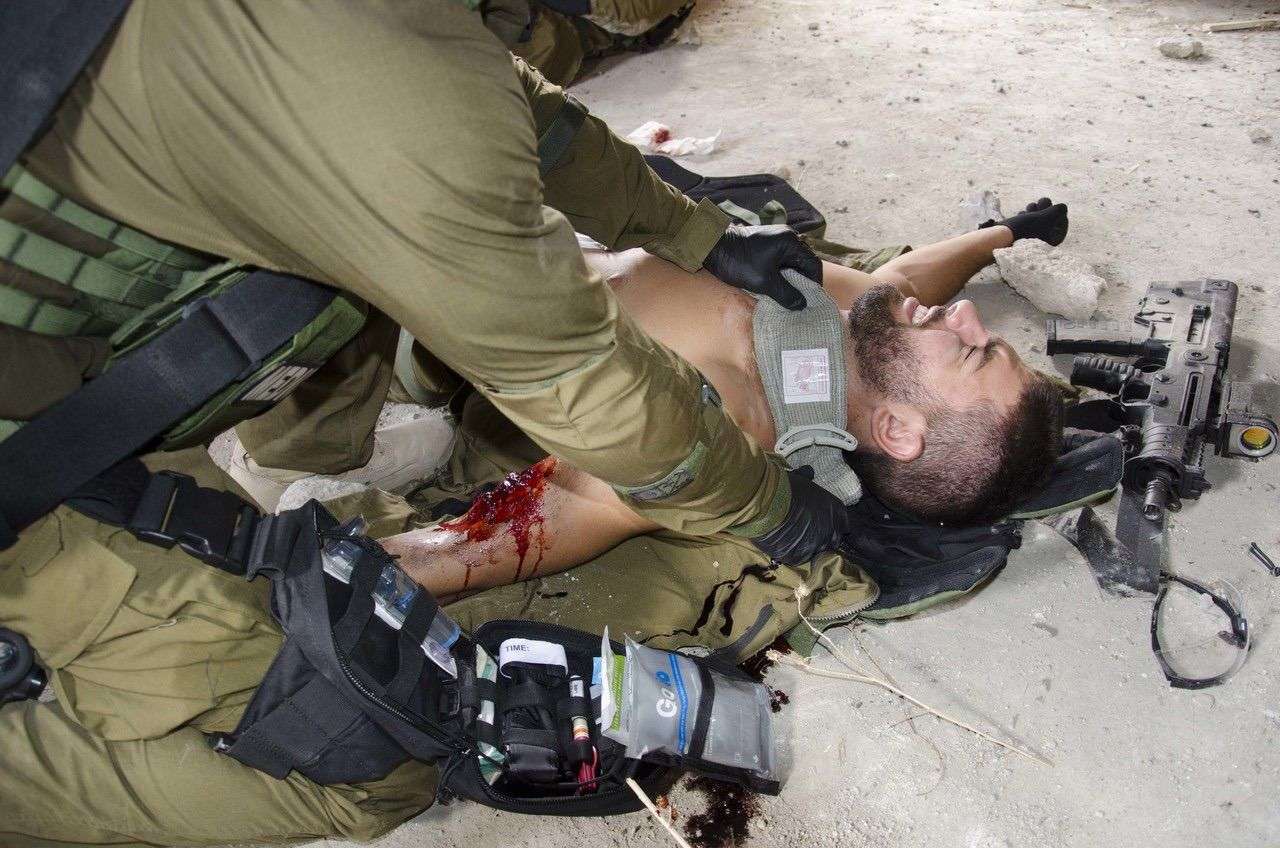
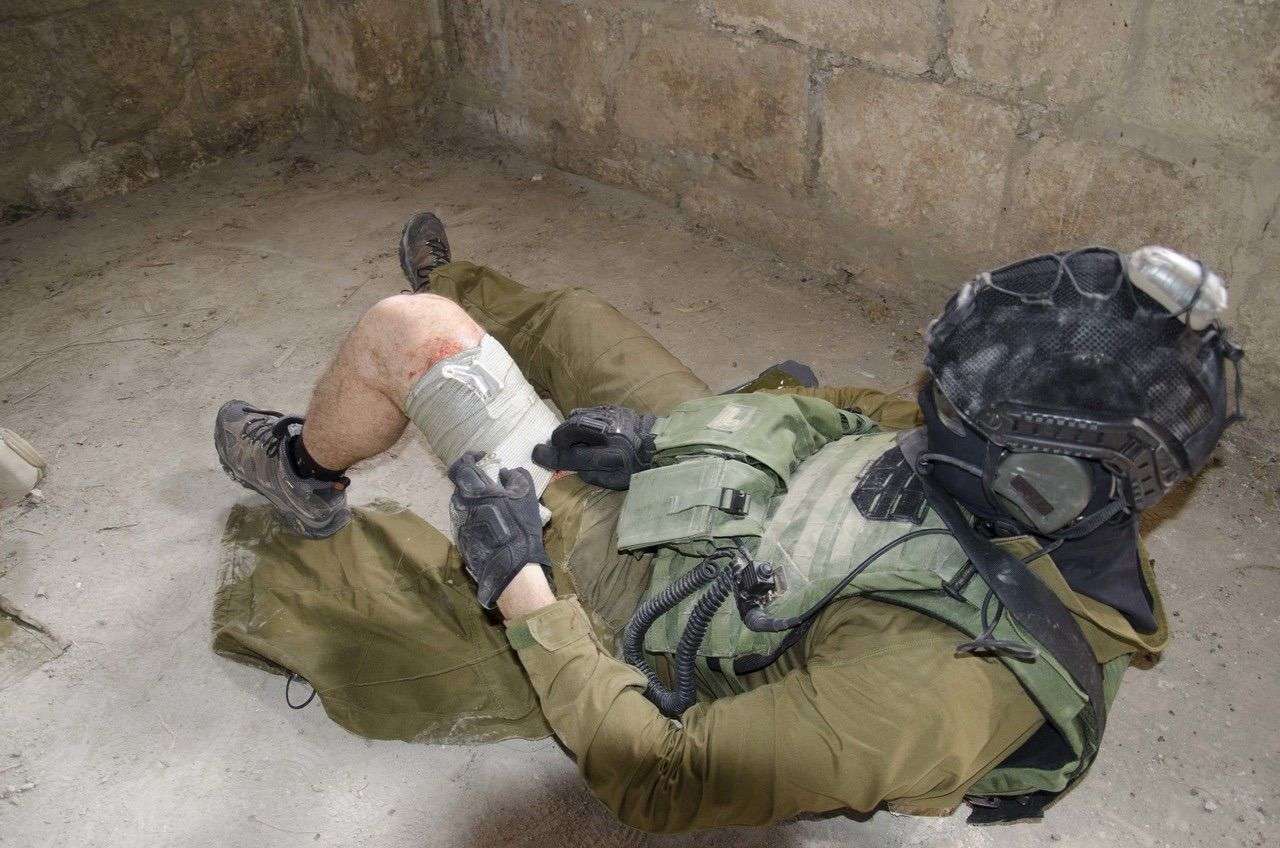
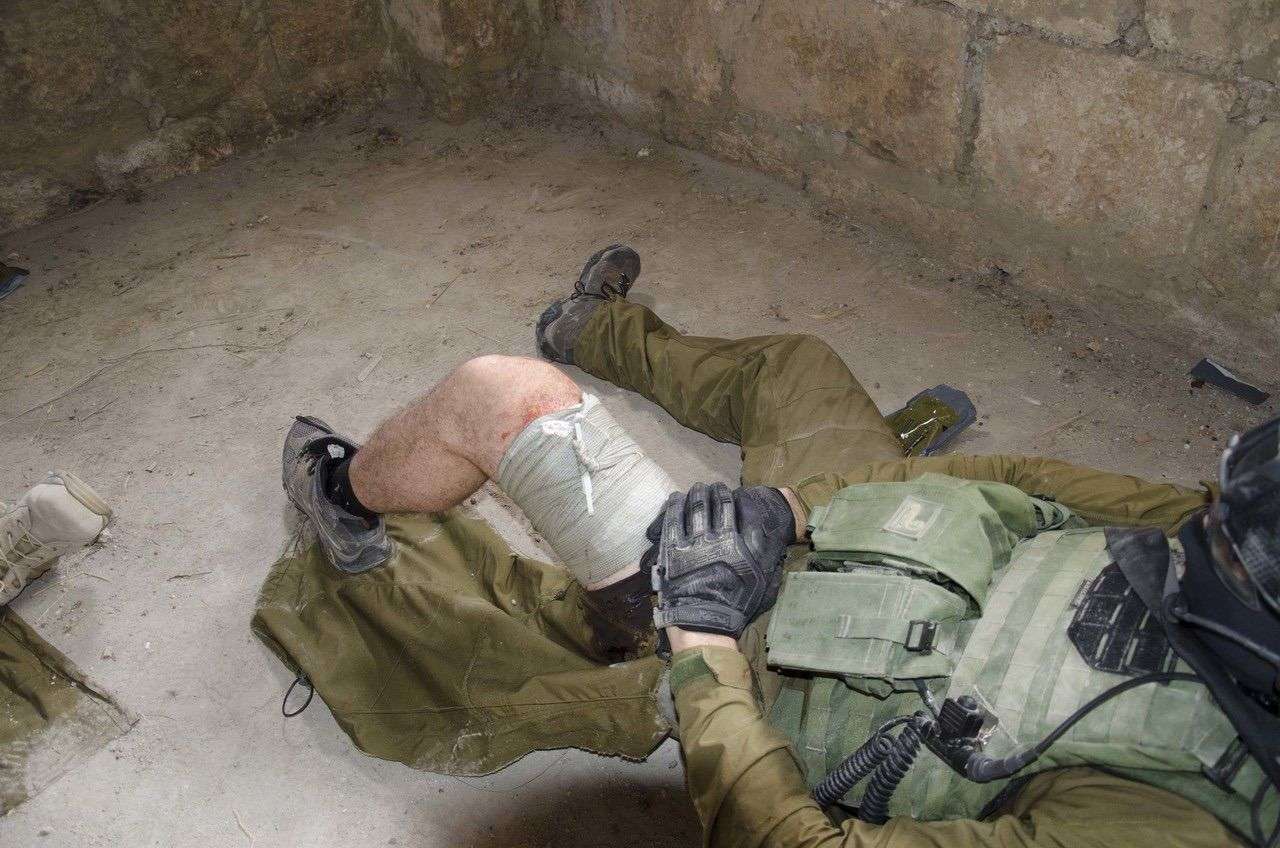
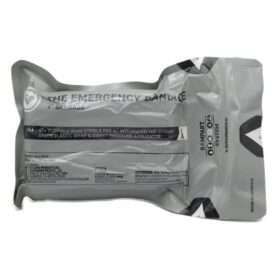
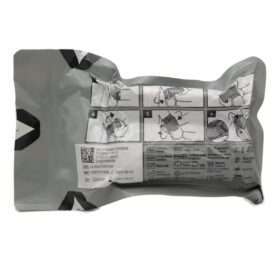
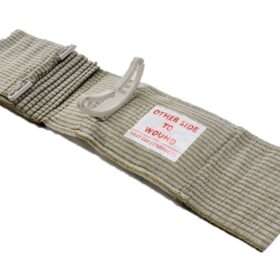
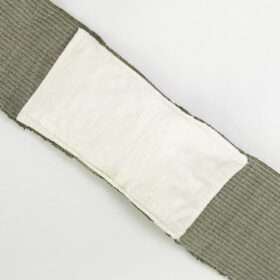
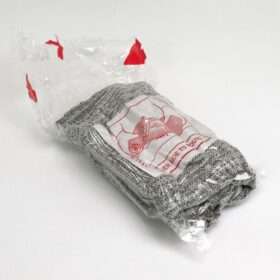
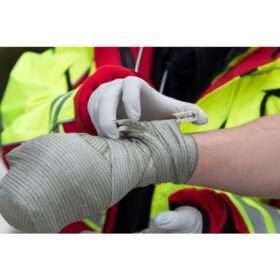
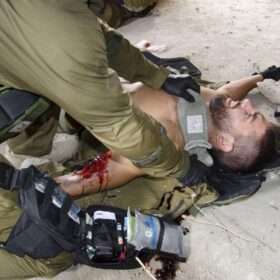
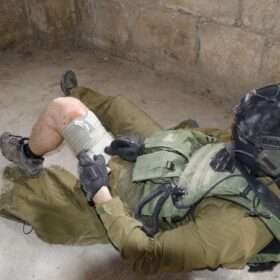
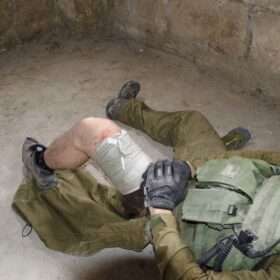


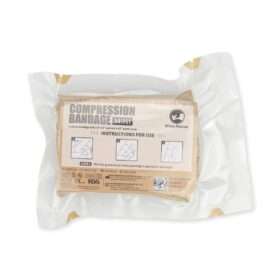
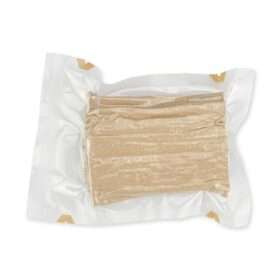
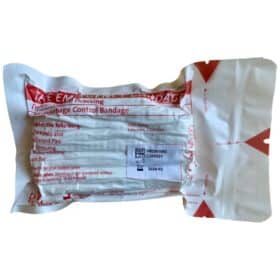
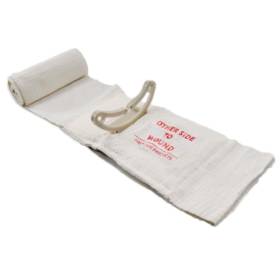
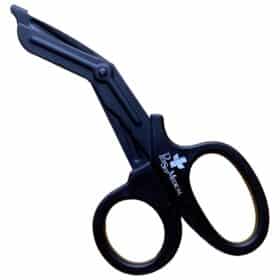
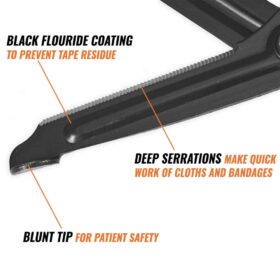
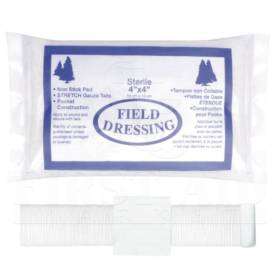
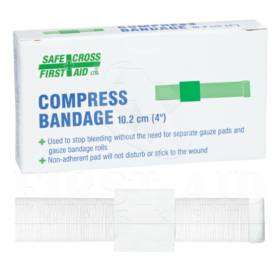
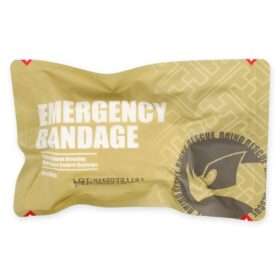
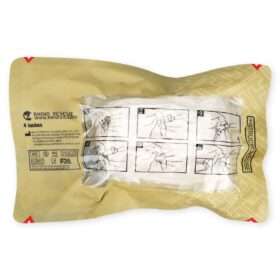
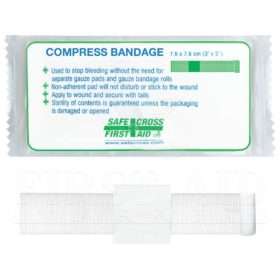
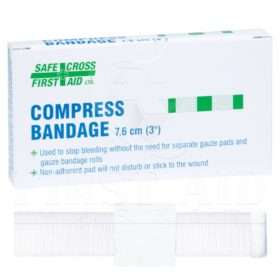
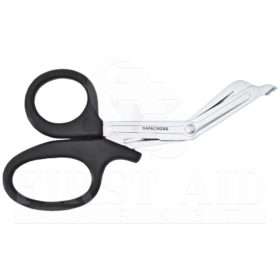
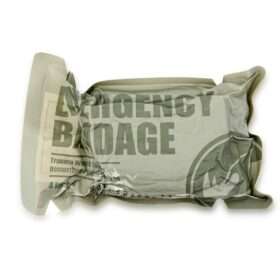
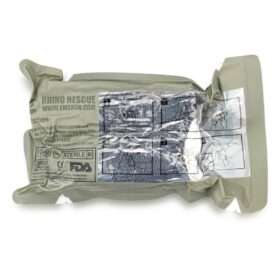
Reviews
There are no reviews yet.